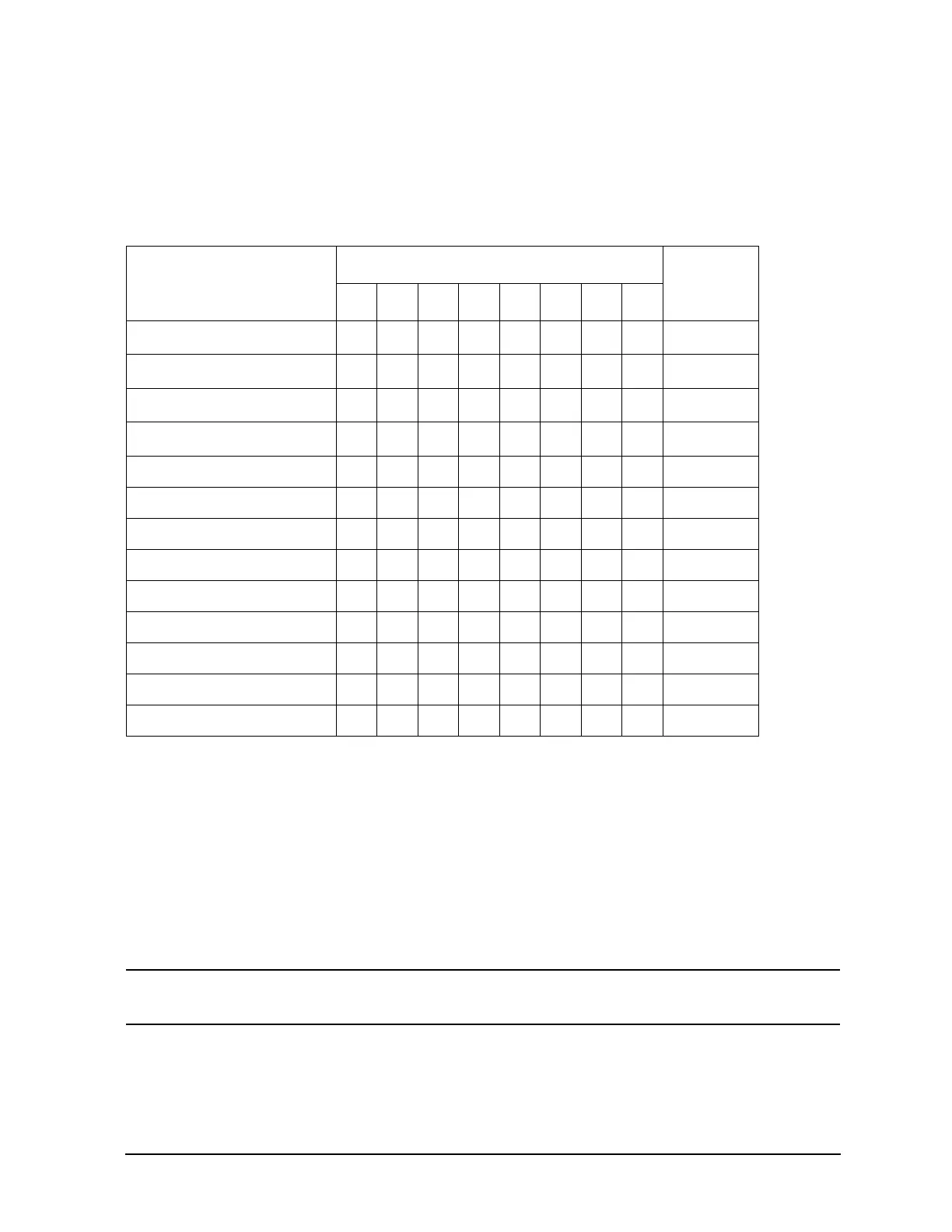7- 63
Operating Concepts
Modifying Calibration Kits
The number of standard classes required depends on the type of calibration being performed, and is
identical to the number of error terms corrected. A response calibration requires only one class, and the
standards for that class may include an open, or short, or thru. A 1-port calibration requires three classes. A
full 2-port calibration requires 10 classes, not including two for isolation.
The number of standards that can be assigned to a given class may vary from none (class not used) to one
(simplest class) to seven. When a certain class of standards is required during calibration, the analyzer will
display the labels for all the standards in that class (except when the class consists of a single standard).
This does not, however, mean that all standards in a class must be measured during calibration. Unless
band-limited standards are used, only a single standard per class is required.
NOTE It is often simpler to keep the number of standards per class to the bare minimum needed
(often one) to avoid confusion during calibration.
Each class can be given a user-definable label as described under label class menus.
Standards are assigned to a class simply by entering the standard's reference number (established while
defining a standard) under a particular class. The following is a description of the softkeys located within the
S
11
C
S
22
A
S
22
B
S
22
C
Forward Transmission
Reverse Transmission
Forward Match
Reverse Match
Response
Response and Isolation
TRL thru
TRL reflect
TRL line or match
Table 7-2 Standard Class Assignments
Calibration Kit Label: _______________________
Disk File Name: _________________________________
Class Standard Reference Numbers Standard
Class
Label 1 2 3 4 5 6 7 8

